The Power of Meditation and Martial Arts
To connect the body, mind, and emotions, healing injury and illness, creating and retaining health, meditation and martial arts work together as powerful tools. The use of breath can transform and heal the body and mind. The breath can make the body strong enough to withstand lethal attacks and blows, resist cold, heat, illness, and age.
The breath can make changes in the mental and physical state, lengthen telomeres, thicken and increase brain capacity in positive ways, shift emotional issues and trauma in moments. Emotions equal ‘energy in motion,’ and can be controlled and calmed by breathing. Check your breathing when in different emotional states, learn to identify patterns, and then alter them by controlling the breath.
Trained Ninja warrior Jinichi Kawakami would spend hours staring into the flame of a candle until he felt he was inside it [2].
Meditation Increases Brain Volume
Research on how meditation affects the body and brain has been ongoing for many years. Rather than proving ancient meditation methods, practices, and assertions of benefits as incorrect, these studies have been confirming these benefits in many ways, including the use of fMRI or EEG.
Meditation provides numerous neurological benefits, including actually changing the brain and increasing white matter volume and the corpus callosum, grey matter volume, to increase interaction and communication between brain regions, to lowering activity in areas related to personal areas shown to create negative reactions such as paranoia, etc.
The fact that meditation actually increases brain volume and function is tremendously exciting.
"A famous Zen master, Shoju Rojin, was the bastard son of a Samurai family. After he almost died, he went to study Zen and became a monk. One day a warrior fought him with a sword. Rojin defended himself using only a metal fan. The monk won. When the warrior asked how Shoju Rojin was able to do this, he replied, “It’s simple. When your objective perception is clear, you don’t miss one of ten thousand things.”
Meditating for Only Eight Weeks Increases Brain Volume in Memory and Learning Areas
One would think that many years of meditation practice would be required to produce actual physical shifts in the brain. But it does not. A Harvard study used MRI imaging on the brains of meditation volunteers to prove that in only eight weeks of ‘mindfulness’ meditation (see below) the cortical thickness in the hippocampus increases measurably. This is the area that concerns memory and learning.
It increased thickness in areas of the brain in only 5 days that are involved with helping to control emotions and self-referential processing. The study also confirmed a decrease in the amygdala area of the brain which is responsible for stress, fear, and anxiety.
Two Studies Prove Results
Several studies in 2009 reported similarly clear findings that meditation actually creates correlated physical changes in the brain.
One study was performed by a team working with Peter Vestergaard-Paulsen at the Center for Functionally Integrative Neuroscience at Denmark’s Aarhus University, explored the effects of long term meditation on brain structure. They reported these findings in their paper, and in Neuroreport:
Using magnetic resonance imaging, we observed higher gray matter density in lower brain stem regions of experienced meditators compared with age-matched nonmeditators. Our findings show that long-term practitioners of meditation have structural differences in brainstem regions concerned with cardiorespiratory control. This could account for some of the cardiorespiratory parasympathetic effects and traits, as well as the cognitive, emotional, and immunoreactive impact reported in several studies of different meditation practices".

Peter Vestergaard-Paulsen
Aarhus University - Denmark
Another research team publishing similar results in Neuroreport worked at the Laboratory of Neuro Imaging, Department of Neurology, UCLA School of Medicine. They reported:
"Meditation practice has been shown not only to benefit higher-order cognitive functions but also to alter brain activity ... meditators showed significantly larger volumes of the right hippocampus. Both orbitofrontal and hippocampal regions have been implicated in emotional regulation and response control. Thus, larger volumes in these regions might account for meditators’ singular abilities and habits to cultivate positive emotions, retain emotional stability, and engage in mindful behavior".
Meditation Creates Healing Changes in Less Than 11 Hours
Meditation requires a certain amount of discipline just to sit down, or stand quietly, focusing only on being here ‘now,’ or attending to breathe, or watching thoughts flow by like leaves in a stream. Apparently, this application of discipline is teaching the practitioner conscious control of the limbic system and these responses.
Learning meditation teaches us how to become and remain sharply focused, less distracted by ‘monkey mind,’ or by physiological responses, and ultimately, changes brain function and physical attributes.
Martial Arts Masters Look Young
Some martial arts masters tend to look much younger than their age. Part of this is attributable to ongoing physical exercise. However, new research has proven that practicing meditation actually heals, strengthens, and lengthens telomeres. The study showed a statistically important difference between a relaxation group and the meditation group.
Statistical Difference in Telomerase Activity
The study showed a statistically important difference between a relaxation group and the meditation group. The research showed only a 3.7 percent shift in the relaxation group, while the meditation group had a 43 percent increase in telomerase activity.
Relaxation Group
Meditation Group
Researchers call telomerase the “immortality enzyme,” since high telomerase production means strong telomere maintenance and lengthening, along with increased immune cell longevity.
Studies have shown that doing yoga meditation for only 12 minutes a day for eight weeks increased the body’s supply of telomerase. Telomerase is an enzyme that is plentiful when younger but decreases in production over time. Telomerase maintains the DNA at the ends of our chromosomes. These are telomeres. Long, strong telomeres are a sign of health, long life, and they slow cellular aging.
Research has shown that meditation increased the production of telomerase and slowed cellular aging. Psychological stress is one culprit responsible for decreasing telomerase production, shortening telomeres, and increasing health risks and diseases, stress.
Meditation mitigates psychological stress, improving telomere length and health. One way of determining longevity is by telomere length. If the body doesn’t produce enough telomerase, when cells divide, telomeres get shorter and shorter, until finally, the cells die.
Meditation Techniques Improve with Practice
Martial arts masters know the value and power of meditation, and now modern science is finally catching on. It is a skill, and like any other, improves with practice. A difference will be seen and sensed between the kung fu master meditating, the ten-year sanshou practitioner meditating, and the new practitioner still hoping to achieve a clear mind while meditating.
It is an ancient technique that can refresh and heal your body and your mind. Let us share meditation techniques. Sign up here.
It creates and supports a positive state of mind and increases martial power, in part by creating a laser focus and heightened awareness.
Meditation lowers stress and combats the disease. Now Harvard Medical School psychiatrists have begun to understand how meditation techniques can affect the genes and the brain activity of those under chronic stress.
An intensive study lasting five years has discovered how meditation techniques can turn on and off genes linked to stress and immune function.
Neuroimaging and genomic technology have proven that the reason people feel less stressed, calmer, happier, and healthier when practicing meditation is the genes controlling stress and the immune system is being manipulated in positive ways by this activity.
Using the Stress Response
Martial artists constantly get stressed in the Octagon, in the dojo, on the mats…and then there’s Life. Stress and inflammation tend to show up together, and create havoc in the body, especially when they remain for long periods of time. The human body simply isn’t built for that.
It was set up for having a fear response kick in from the sympathetic nervous system, escaping from that dangerous situation, then have the parasympathetic nervous system take over, calming, soothing, and relaxing again.
The recovery period that’s supposed to follow escaping the ‘danger’ never shows up in modern life, it seems, where there’s always another stress, whether being late for work, because of the traffic jam, the baby threw up all over your best suit, sitter was late, coffee spilled, money’s short, dog got sick, outta milk, etc.
These types of ongoing pressures create serious health issues, such as high blood pressure, lowered immune system, diabetes, headaches, asthma, anxiety and depression, Alzheimer’s disease, and more if not controlled.
Sometimes hassles just keep coming, and that’s when stress and inflammation can get ya—but not if you meditate.
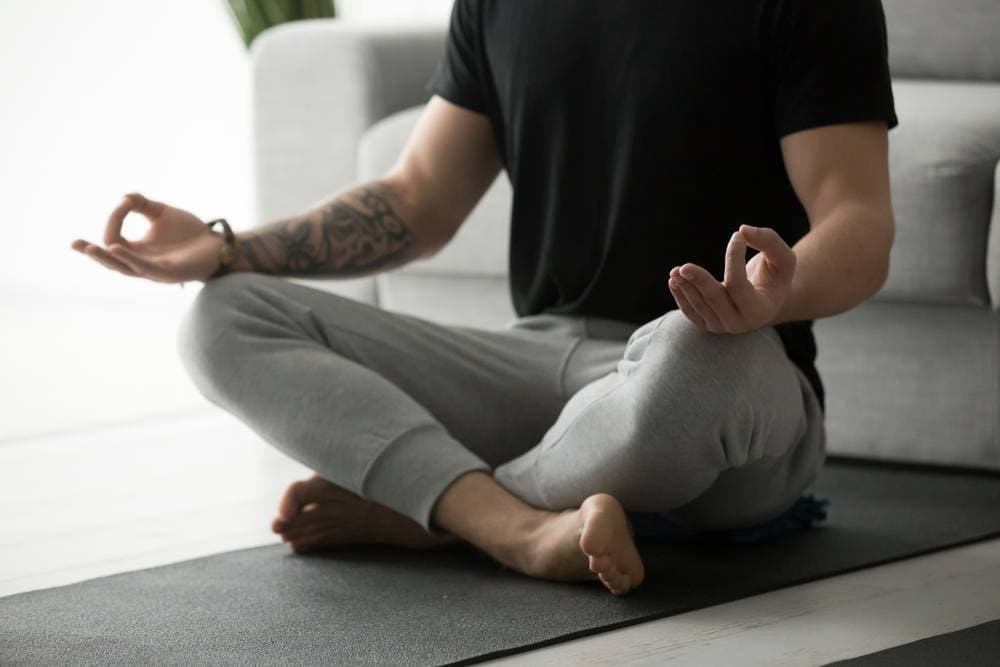
Meditation controls our genes, turning them off and on, thereby controlling stress and the body’s negative responses to stress, allowing us to breathe, and take that badly needed recuperative ‘down time.’
Meditation Increases Oxytocin Release, the ‘Happy’ Hormone
There has been proven to be an amazing concurrence of information between ancient meditation ‘energy maps’ and modern Western medical diagrams of body systems.
Research on the autonomic nervous system (ANS) finds that the ‘body/energy map’ first created in ancient India and preserved in Tibet basically mirrors that which has been created by modern Western science; the sympathetic and parasympathetic systems in Tibetan and in Western diagrams show lateral or side dominance at all levels of the brain and body.
That dominance generally lines up with the traditional map, though variable and alternating in energy and connections, both ‘maps’ unexpectedly showing right-sided sympathetic dominance and left-sided vagal dominance.
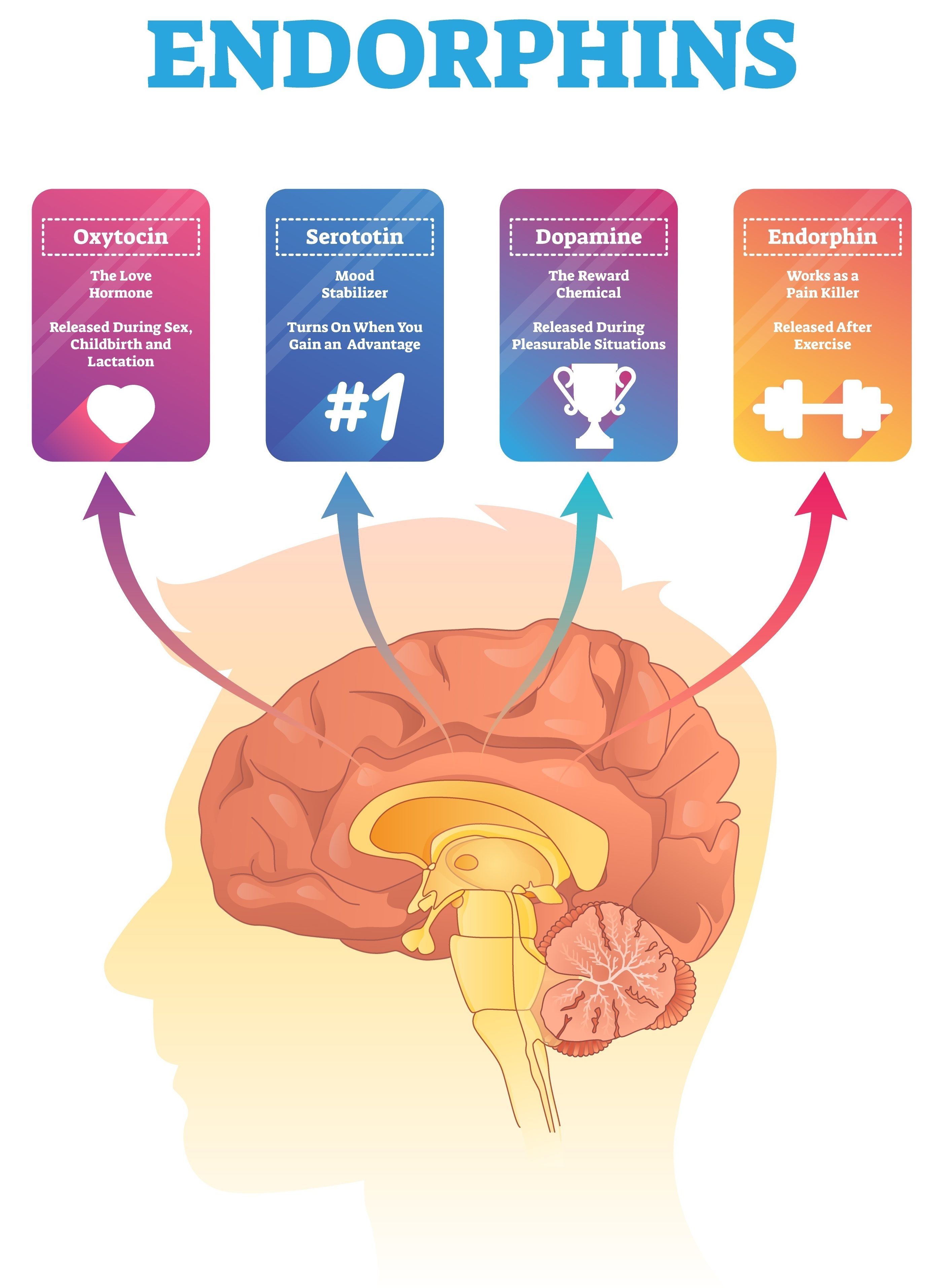
Current studies of alternate nostril breathing, breath-slowing, and breath-holding practices are proving in no uncertain terms that meditation and breath practices give the practitioner control over and create distinct changes within the primitive sympathetic nervous system (SNS), as well as the PNS.
So it is said that if you know your enemies and know yourself, you can win a hundred battles without a single loss. If you only know yourself, but not your opponent, you may win or may lose. If you know neither yourself nor your enemy, you will always endanger yourself...
– Sun Tzu, The Art of War
Meditation Has Done “Amazing Things”
Dr. Wayne Jonas has done his time in the Armed Forces. Dr. Jonas served as Director of the Office of Alternative Medicine at the National Institutes of Health and is considered a well-respected researcher. He also knew alternative medicine had veracity, unlike many Western doctors.
Dr. Jonas says patients willed their own recovery, stopped lifelong pain with acupuncture, and even saw healing through prayer, which is at the bottom a type of focused meditation. "I had seen things work; amazing things," said Dr. Jonas. He ran staff meditation sessions at the Institute three mornings a week. "It may not yet be written down in a five-star medical journal. That doesn't render it illegitimate."
Meditation Keeps The Mind in the Most Alert and Present State
Amishi Jha is a cognitive neuroscientist at the University of Miami who has studied the effects of meditation on service members, and he had this to say. “This type of training has been considered soft, not hardening.
That somehow it’s going to weaken instead of toughening, that it’s going to make people less precise and more passive. But it’s not going to the spa and getting a massage. It’s the exact opposite of your mind. It’s being in the most alert and present state that you can imagine.”
Stress Slows and Impairs Wound Healing and Repair
It has long been suspected that stressful events impact health in a massive way. It turns out the immune system communicates bidirectionally, or both sends and receives information to and from the endocrine system and the central nervous system. Stress actually reduces immune system functioning.
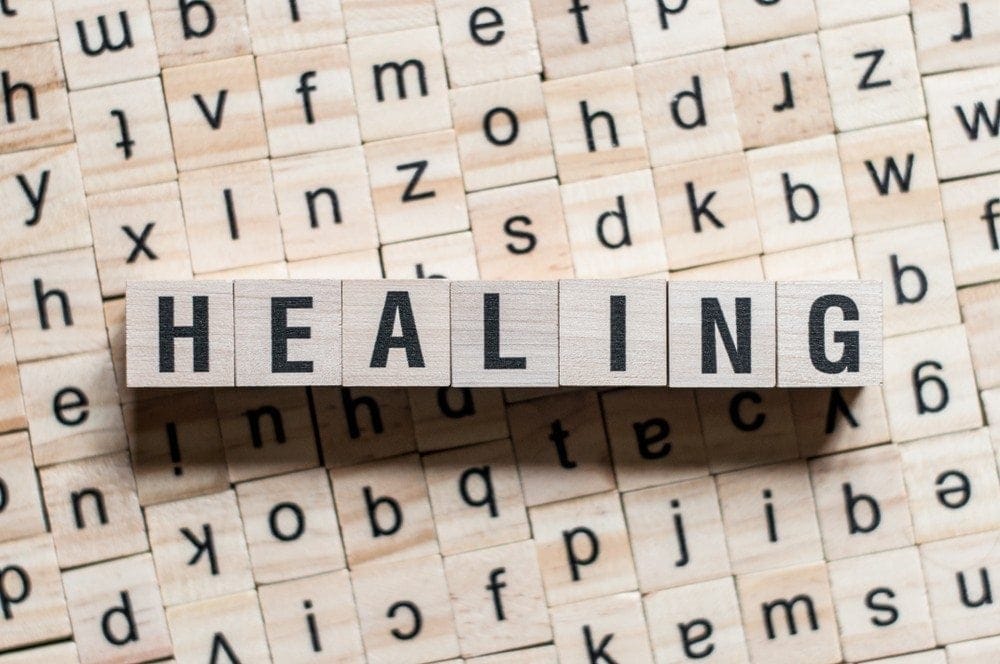
The new field of psychoneuroimmunology (PNI) is beginning to understand key mechanistic evidence about how and why stress, and the deeply intense emotions it creates—which can include ‘good’ stress, by the way, if there’s ‘too much at once,’ for instance, having a baby, giving a wedding, in-laws, and family all visit, combined with graduating college and getting a new job---can impact the body and cause physiological changes that affect health.
All this creates delays in wound healing. Meditation simultaneously interacts positively with different systems and is one effective way to quickly lower stress. This is important since stress alters and inhibits wound repair.
Samurai Warriors
Samurai warriors of ancient Japan practiced Zen meditation every day as part of their essential training, and they have long been acknowledged as a pinnacle of fighting ability and power. Mokuso, loosely translated, means meditation in Japanese, but a more precise translation means, “warming up the mind for training hard.

Ancient Samurai warriors utilized meditation to improve their fighting, prevent injury, intensify focus, help repair and recover from injuries.
Ninja Warriors
Ninja warriors were taught intensive meditation techniques during training from a very young age. They used meditation to become ‘one’ with the flame, the inner self, and become the balance of Yin/Yang in order to ‘disappear,’ and escape enemies. Meditation helped them heal wounds by envisioning the wound healed and themselves as whole again.
They also had a system of hand movements that paired together with intention as a physical/mental aspect of meditation and applied intention. These hand movements had different aspects. One particular hand symbol was called "sha," and it was used to invoke the energy of healing. It looked like two hands clasped together in prayer.
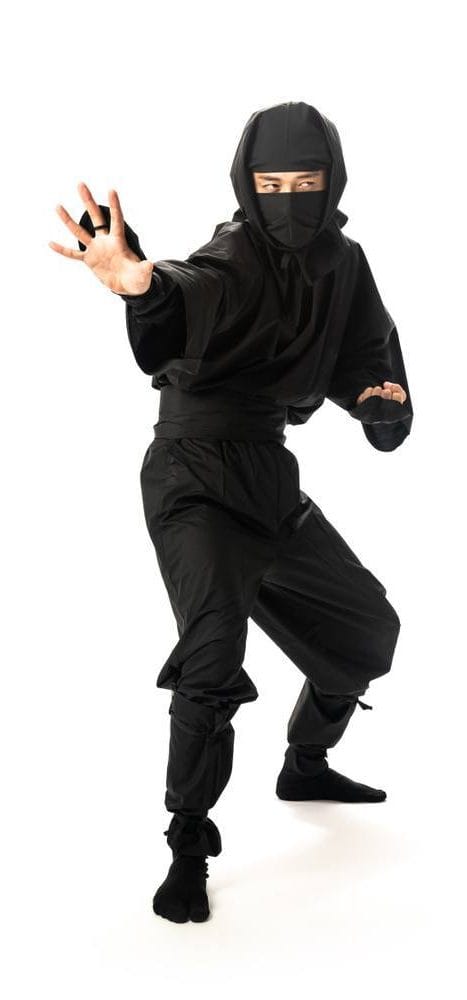
Research shows meditation likely has the ability to help heal wounds. It definitely helps heal stress-related conditions such as peptic ulcers or migraines. Ninja warriors practiced ninjutsu and were the lower class assassins, spies, and espionage aspects of ancient Japanese feudal society.
Their training techniques held meditation in the highest regard, utilizing it for mind control, emotional strength, honing mind and body into one singular ‘blade of death.’ Ninja warriors could hear a pin drop in the next room, used meditation to slow their experience of time, and revered meditation for its incredible ability to speed recovery during times of injury.
Ninja warriors also used meditation to prevent them from becoming injured through practicing ‘extreme hyper-awareness’ meditation, or deep mindfulness, which aided them in developing an almost prescient knowledge and awareness of all that occurred around them, whether during training, spying, war, or assassinations.
Ninja Warrior Jinichi Kawakami Meditates
Ninjutsu can be translated as the ‘art of enduring,’ or the ‘art of stealth,’ and the only admitted living ninja warrior is 63-year old Jinichi Kawakami, who started training in Ninjutsu from the age of six.
Then he had years of grueling training with Buddhist master Masazo Ishida, learning how to mix chemicals that caused explosions and made smoke, climb walls and jump from heights, go for days without food or water, and survive extreme heat and cold. Kawakami is the 21st head of the Ban clan, a dynasty of secret spies with a 500-year history.
His training made him able to hear a needle drop in the next room and cut a victim's throat from about 20 feet with a throwing star. Junichi Kawakami was taught how to be ‘invisible,’ and says ninjas were specialists at gathering information and disseminating disinformation while never being seen.
”We also have a saying that it is possible to escape death by perching on your enemy's eyelashes; it means you are so close that he cannot see you ”
Ninja Warrior
Jinichi Kawakami
Meditation Healed Samurai And Ninja Warriors Faster
Samurai warriors and Ninja stealth warriors both had the right idea. They practiced meditation to cultivate their minds and spirit. That, along with eating your daily apple, probably will keep the doctor away. Research has shown that stress inhibits recovery, and undoubtedly the elite warrior culture inhabited by the Samurai and Ninjas was teeming with stress-inducing situations.
Meditation reduces stress, however, and reduces cortisol, the ‘stress hormone,’ shortening recovery time. Research has proven that psychological and physical stress and physical wounds respond to and heal immensely quicker when using meditation techniques.
Daredevil had it Right
Fans of the Netflix original series Daredevil watch the crazy beatings hero Matt Murdock takes on a daily basis. He uses meditation to speed his recovery. Modern institutions, including the U.S. military, recognize the benefits of combining meditation and martial arts for healing mental, emotional, and physical stress.
Military Men too Tough to Meditate?
A martial culture like the U.S. military would not ordinarily seem like a logical place to look for and find people practicing meditation.
His men ended up being called the Jedi Knights partly because of wearing T-shirts saying in Latin, “May the force be with you.” However, they were called Jedi Knights primarily because of their amazing performance, especially when compared to their peers. These soldiers had more control over—really—everything.
During biofeedback tests, their muscular and neurological systems tested at the top. They aced psychological evaluations.
Basically, the simple addition of daily meditation made them ace everything. Tracy Quantum also teaches meditation to military personnel, and when doing so always starts by drawing attention to other military cultures that used meditation to great effect, especially the Samurai, who revered it as the ultimate mind-sharpening weapon.
Meditation a Better Way to Train the Military
The Pentagon has a program teaching Generals how to meditate, which clearly illustrates the importance and gravity being accorded to alternative medicine in general, and meditation in particular.
In 2008, another scientific study of meditation in the military went on trial. Major Jeffrey Davis’s elite Marine unit was deployed to Iraq and received training in meditation. Davis may or may not have valued meditation before, but if not, had a complete change of attitude. “We look at all of these weapons systems around us as necessary for war,” he says. “But it’s the human mind that operates all these things.
If I can find a better way to train a Marine—if I can teach him to react quicker, to think quicker, to learn quicker, to act wiser in an ambiguous situation—the better off we are.” And that better way to train a Marine now includes meditation.
Meditation is an essential aspect of martial arts training utilized across the world, though the thrill of combat and excitement of training tends to grab the spotlight.
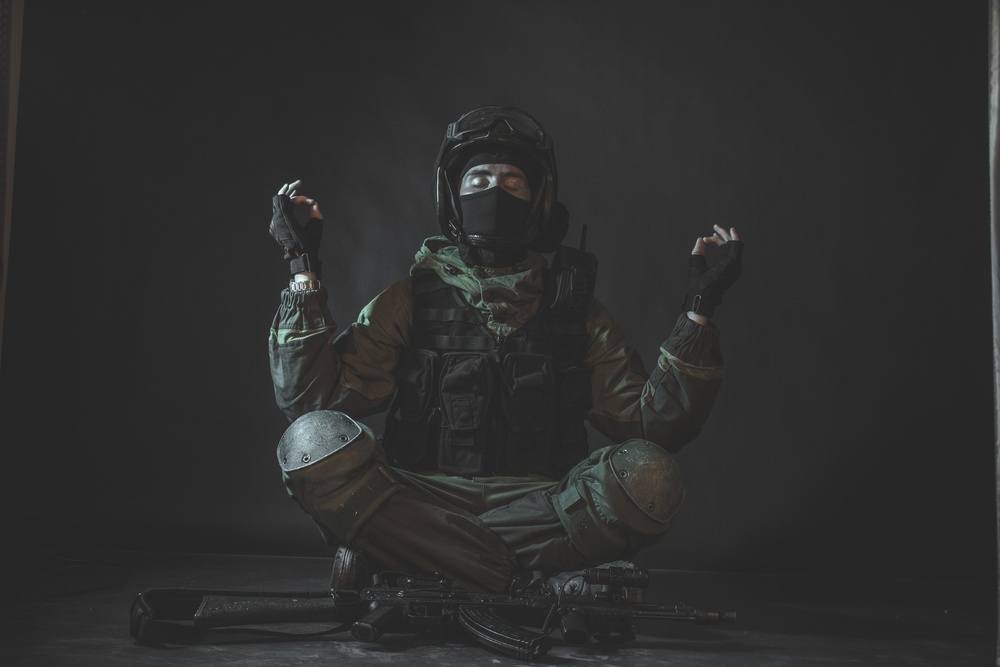
Martial artists who do incorporate it into their daily practice, however, typically tend to be those who are in the game for the long haul.
Why Meditation Works
It turns out that our brains do not contain fixed hardwiring. They are fluid, constantly capable of adaptation. Internal circuits and neural pathways change depending on mental exercises. Meditation encourages the growth of new neurons through neurogenesis and forms new connecting pathways between existing neurons in a process called synaptogenesis.
Meditation Helps Get Your Mind Outta the Fight
Meditation allows envisioning forms, katas, footwork, timing, holds and throws as a type of study, practicing moves inside the mind while purposely slowing action down. Interestingly, meditation also makes time seem to slow down in times of action. This phenomenon is not exclusive to the martial arts, however.
Many athletes call it the “Getting in the Zone.” Former UFC Heavyweight and Light Heavyweight Champion Randy Couture put it this way. “Although most fighters believe that the fight is 90 percent mental and ten percent physical, they train 90 percent physical and ten percent mental. That is going to have to change as MMA continues to evolve or those fighters will be left behind.”
Meditation helps get your mind outta your own way, and outta the fight. It gives the ability to shift things around and try it another way, with different approach, power, state of mind and flow, allowing intensive mental practice while engraving precise patterns into brain cells to up warrior fighting skills.
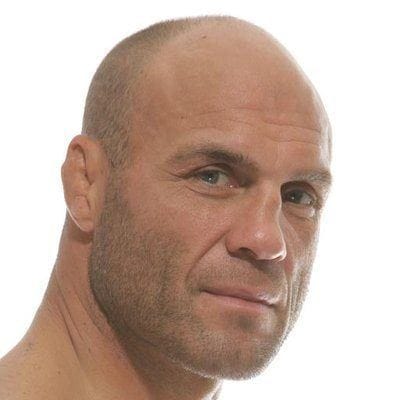
Source: Twitter Randy Couture
Getting Into the Zone
“Although most fighters believe that the fight is 90 percent mental and ten percent physical, they train 90 percent physical and ten percent mental. That is going to have to change as MMA continues to evolve or those fighters will be left behind.”
Randy Couture // UFC Legend, Former UFC Heavyweight and Light Heavyweight Champion
Pentagon Using Alternative Medicine and Meditation
Meditation can help with PTSD symptoms and issues, TBI, and chronic pain. Post-traumatic stress disorder disrupts the lives of more than 250,000 soldiers with depression, mood swings, rage, and insomnia. Brain trauma affects many thousands with uncontrollable emotional swings, learning problems, memory lapses, body tremors, chronic pain, and sometimes speech impediments.
Chronic pain is affecting soldiers and veterans, and its causes include ’ghost limb’ issues where pain is felt in a limb no longer there, herniated spinal discs, amputations, and many other issues. But Western medical care typically involves pharmaceuticals, and medicating the symptoms. Unfortunately, for the soldiers, this often makes it all worse.
Prescription drugs are given as the primary treatment for PTSD, TBI, and chronic pain, which are the three rampant conditions facing the military. That truth has combined to create Western medicine’s current healing debacle; not only unable to heal certain physical, emotional, and mental injuries and trauma such as TBI, anxiety, and PTSD, but deteriorated into embarrassingly high numbers of drug-addicted military personnel.
It is so bad it’s created an entirely new area of medical emergency interest. Sadly, 73 percent of accidental deaths among military personnel last year were linked to prescription drugs. Sgt. Chris Backus died like that, and was found with 27 different bottles of pharmaceutical pills by his bedside. This example is unfortunately not unusual.
These sleeping pills, antipsychotics, and pain pills all have immense negative side effects, along with making soldiers and veterans into addicts. Meditation has been proven to help these issues with absolutely no negative side effects. Jon Kabat-Zinn, PhD, the Professor of Medicine Emeritus at the University of Massachusetts Medical School, is one researcher who has looked extensively at meditation for chronic pain conditions and proven its absolute worth.
A True Martial Artist Uses the Restorative Qualities of Meditation.
Let Us Help You Find Out How!
Meditation Saves Money
Research has discovered that people using meditation and yoga in relaxation program studies used 43 percent fewer medical services than in years previous. This resulted in a remarkable average savings of $2,360 per person, simply in emergency room costs. Yoga and meditation programs basically mean bottom line health care savings every year of a minimum of $640 up to $25,500 per patient.
Different Kinds of Meditation
In general, meditation is easy. Sit, stand, or use slow movements like walking, yoga, or tai chi to focus the mind on nothing, or on a flame, on your breathing, the feeling of motion, or the sound of a stream flowing nearby. Then try keeping your mind focused only on what you choose.
Some days it’s easier, some days more challenging, but it is always working correctly, even on those challenging days, because the very effort of trying to achieve ‘no mind,’ or connect with the ‘All,’ and find complete open awareness, will still teach, heal, and guide the practitioner.
The intent and effort is important and matters greatly
[32]. Mindfulness meditation typically means focusing on the breath, allowing thoughts to flow by, without grabbing onto them, and without judgment. Meditation mindfulness techniques may focus on breathing, or sensations within the body, especially if doing moving meditations such as tai chi. In all methods, the intention is primary, always to consciously control focus and attention, while clearing the mind of distractions.
It teaches the meditation practitioner to observe his/her own consciousness while breathing, and BE-ing still inside.
